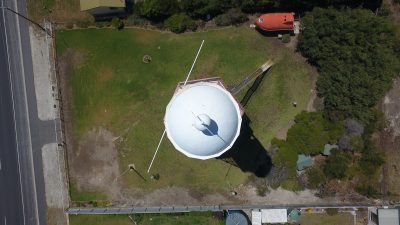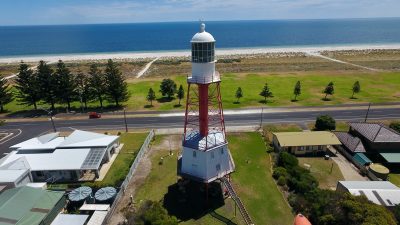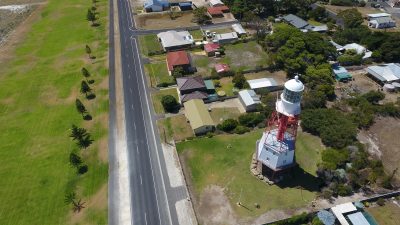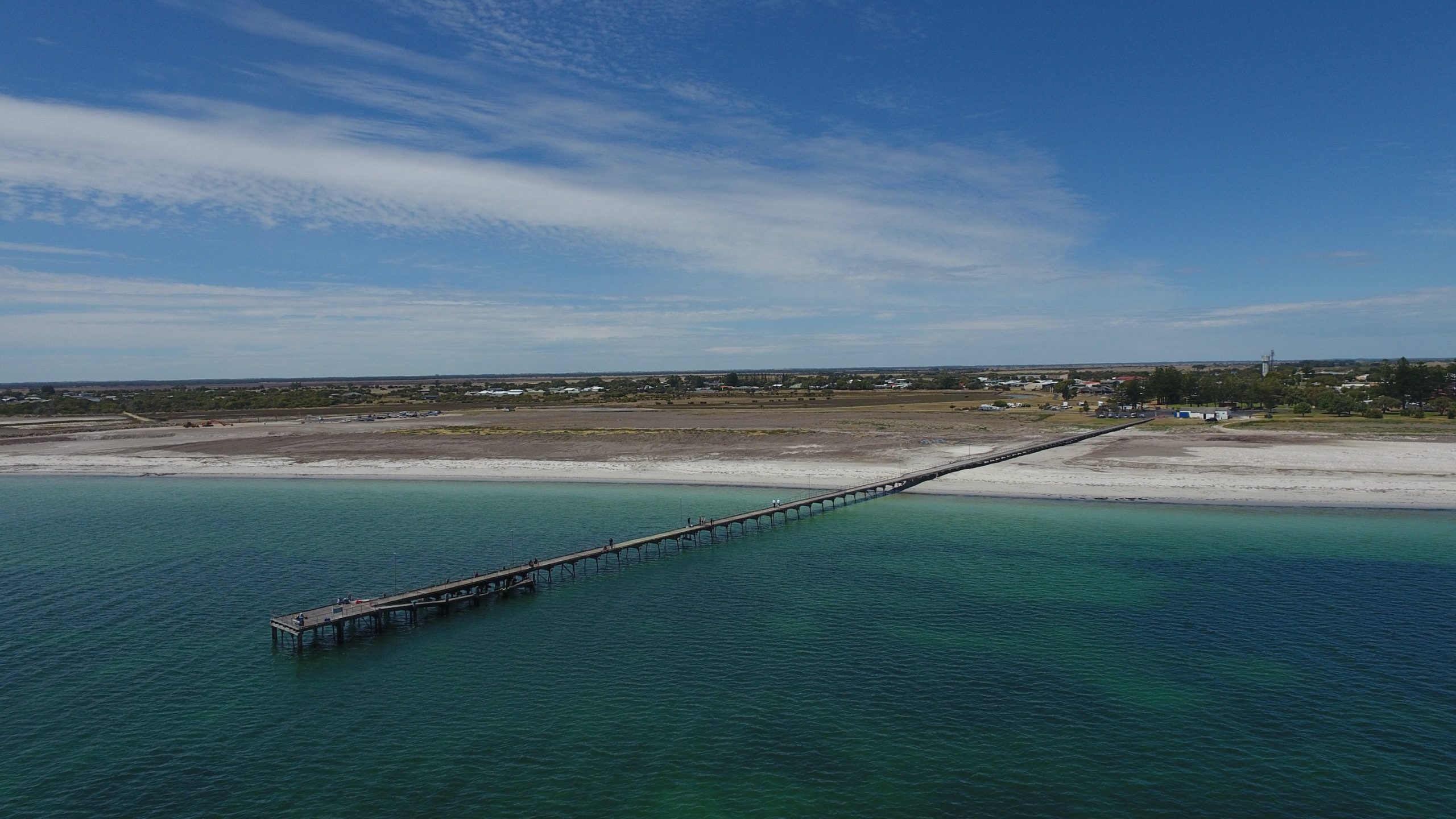The Cape Jaffa Lighthouse, originally constructed in 1872, stood as a sentinel on Margaret Brock Reef off the coast of Kingston SE in South Australia for over a century.
This iconic structure played a crucial role in maritime safety, guiding ships through treacherous waters and preventing countless shipwrecks along the rugged coastline.
Built in cast iron sections imported from England, the lighthouse towered 41 meters above sea level. Its unique design featured a distinct red and white color scheme, making it easily recognisable to seafarers. The lighthouse keepers and their families lived in adjacent cottages, braving isolation and harsh weather conditions to maintain this vital navigational aid.
However, as technology advanced and automated systems became more reliable, the need for manned lighthouses diminished. In 1973, after 101 years of steadfast service, the Cape Jaffa Lighthouse was decommissioned. Rather than allow this piece of maritime history to succumb to the elements, a bold decision was made to relocate the entire structure to the mainland.
The move was driven by a desire to preserve the lighthouse for future generations and transform it into a tourist attraction. The relocation process was an engineering feat, involving the careful dismantling of the lighthouse into its original sections and transporting them to Kingston SE. This monumental task required meticulous planning and execution to ensure the integrity of the historic structure was maintained.
Once reassembled in its new location on Marine Parade, Kingston SE, the Cape Jaffa Lighthouse became a focal point for the local community and visitors alike. It now stands as a museum, offering insights into the lives of lighthouse keepers and the maritime history of the region. The move not only saved this important piece of heritage but also provided easier access for the public to explore and appreciate its significance.
Today, the Cape Jaffa Lighthouse continues to captivate visitors with its commanding presence and rich history, serving as a testament to human ingenuity and the enduring importance of preserving our cultural landmarks.







Leave A Comment